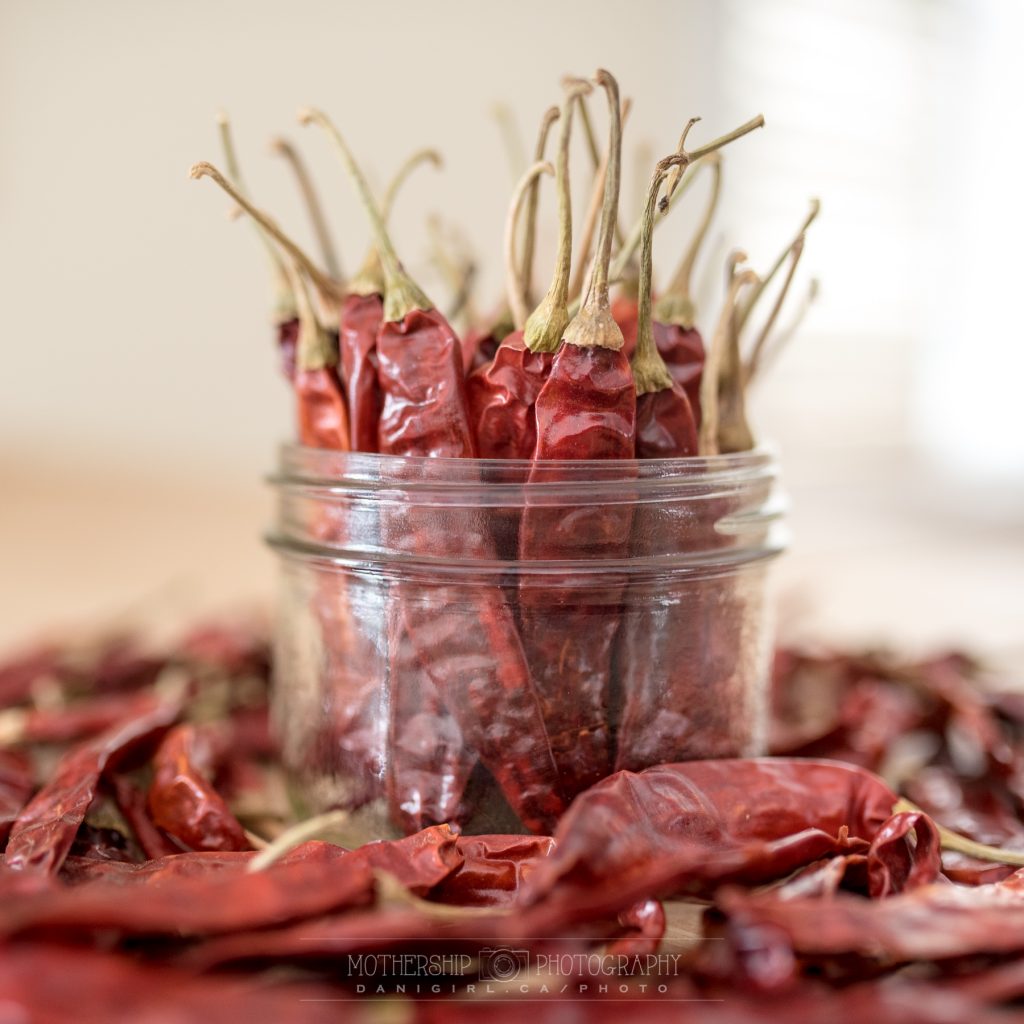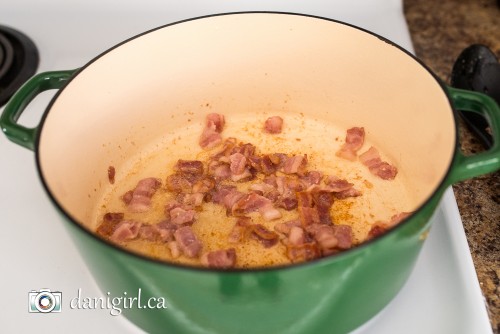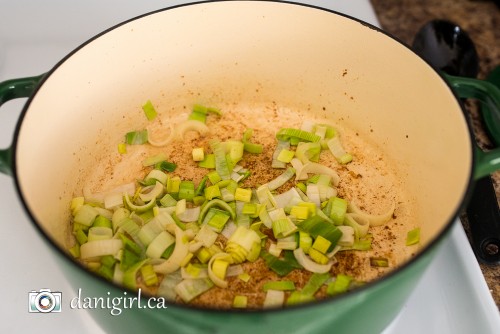If you’ve been reading the blog for a while, you know that Chef Michael Smith is my food bae. I credit him for pretty much single-handedly empowering me to cook, something I’ve grown to love doing over the past few years. This year for Christmas, though, after watching the Netflix series together, Beloved gave me Samin Nosrat’s Salt Fat Acid Heat, and it is hands down the BEST cookbook I’ve ever read. It has 200 pages of food science, art and magic, woven together with humour and great stories, and then 150 pages of recipes based on the principles in the beginning of the book.
I couldn’t wait to take the recipes out for a test drive! The first one that made my mouth water was Pork Braised with Chilies. One of the ingredients was eight dried chilies. I’d never purchased dried chilies before, but was sure I’d seen then somewhere in my travels.
My first stop was the produce section of the grocery store. Don’t they keep them beside the sun-dried tomatoes in the little pouches? Nope. Mexican foods? Nada. Spices? Ethnic foods? Nope.
Thwarted, I rescheduled the menu and tried Farm Boy the next day. Farm Boy rarely disappoints, but the first person I asked for dried chilies took me to the ground spices section and the next two just shrugged apologetically. I grabbed a can of chipotle peppers in adobo sauce and figured I’d make due with that. We were on our way home from the Barrhaven Farm Boy when we passed the street we used to live on, and the little shopping plaza with — the Indian food shop! I bet they have dried chilies.
Hoo boy, did they ever! To my delight, I got what seemed like a lifetime supply of dried peppers for the astonishing price of $2.50. (We lived for years on the same street as Nasa Food Centre, a South Asian grocery store, but never went in. Tristan said the smell was an assault to all his senses, but it left me drooling and promising to go back!)
They were so beautiful that I had to dump the bag onto the counter and have an improptu photo shoot before I started putting some in the pot.

There were so many of them!

Do you love spicy food? ME TOO!

So, two questions. First, seriously, how do you spell the plural of chili? Is it chiles, like on Samin Nosrat’s site, or chilies? Spell check favours the latter, but also throws an error on the u in favour, so it’s not exactly reliable to me. And second — what the holy heck am I going to do with all those peppers? I used six of what must be a hundred! Ideas?
Oh yeah, and the pork braise is smelling amazing, too. If it tastes half as good as it smells, Samin may be my new kitchen BFF. I’ll keep you posted!





















